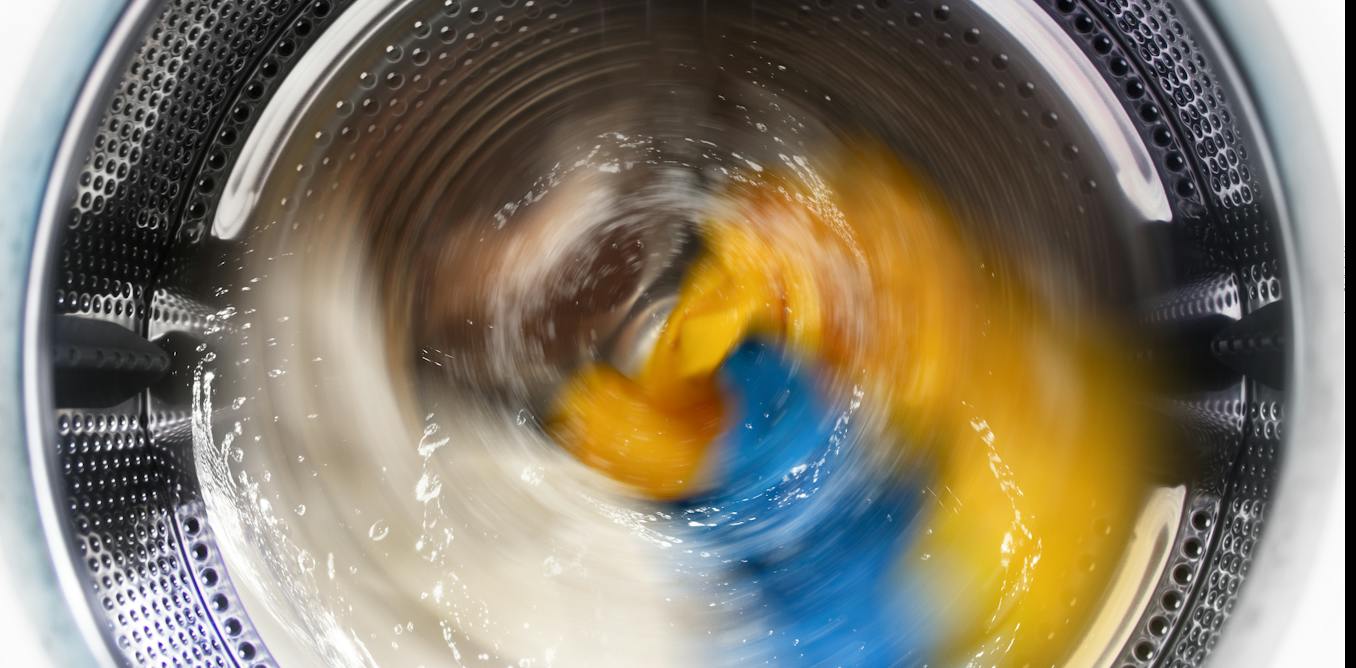The most common microplastics in the environment are microfibers—plastic fragments shaped like tiny threads or filaments. Microfibers come from many sources, including cigarette butts, fishing nets and ropes, but the biggest source is synthetic fabrics, which constantly shed them.
Textiles shed microfibers while they are manufactured, worn and disposed of, but especially when they are washed. A single wash load can release several million microfibers. Many factors affect how many fibers are released, including fabric type, mechanical action, detergents, temperature and the duration of the wash cycle.



Most of my artificial fibre clothes are for exercise, what did you do around that? I value the sweat wicking, quick drying properties.
Thanks in advance for your help!
Try linen (even comes in jersey knit!)
where do you find lighter linen clothing? everything ive worn thats linen has been the thick, canvasy type
I buy from a German second hand online shop which has a decent selection most of the time. But you often have to be patient if you want something specific. It’s not like “I need xyz tomorrow, let’s buy something”, but more “It’s January, but will be hot again in summer. Let’s see if there’s a nice shirt and summer suit on offer within the next 20 weeks”
Yeah, I will not give up my knitted elasto-poly-whatever shirts, I need them to survive on the production floor. Cotton would kill me lol